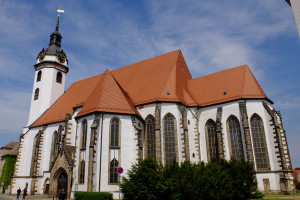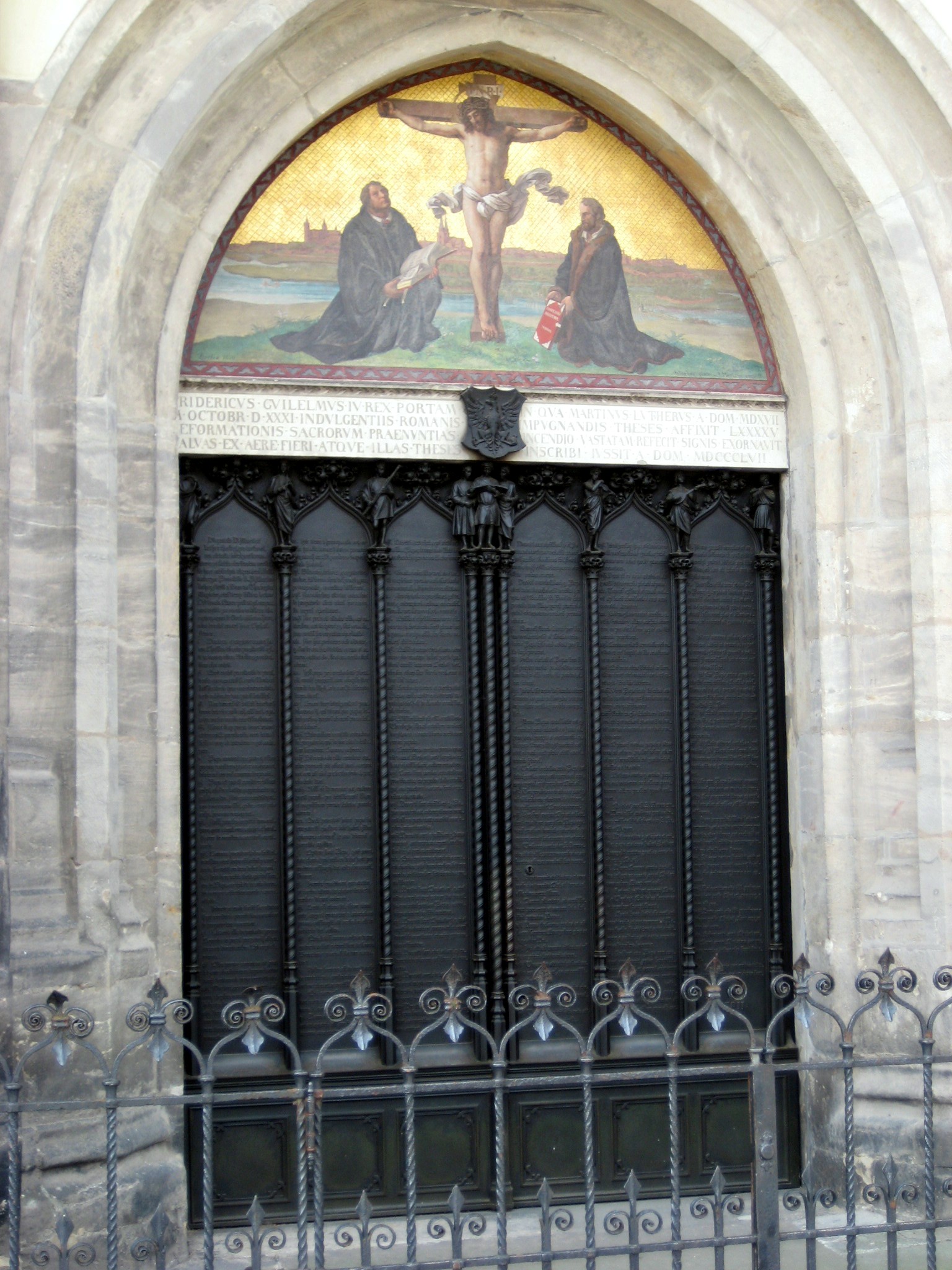by Rev. Jason D. Lane

In 1521 Thomas Murner, one of Luther’s early Catholic opponents, attacked Luther’s view of the church, accusing him of “building a church the way that Plato builds a city” (See LW 39:218). To Murner, Luther had presented the church as a figment of the imagination that has no permanence in reality. In opposition to his Catholic opponents, Luther taught that the church is “a spiritual kingdom” that cannot be seen with the naked eye or comprehended by one’s own reason. In other words, the church is an article of faith: “I believe in one holy catholic church.” However, that does not mean that the church is unrecognizable. Apology VII confirms Luther’s explanation and yet defends against a church of the imagination: “Nor indeed are we dreaming about some platonic republic, as some have slanderously alleged. Instead, we teach that this church truly exists, consisting of true believing and righteous people scattered through the entire world. And we add its marks: the pure teaching of the gospel and the sacraments” (Ap VII:20).
The Lutheran Confessions make a distinction between the church “strictly speaking,” to which belong all believers scattered throughout the world (AC VII), and the church “admixti” (mixed together), that is, the visible church in which the godless are mixed in with the saints and could even serve in offices of the church (AC VIII). The typical designation for this is the church hidden and the church visible. Since our LCMS nomenclature has shifted from the Confessions, it is worth noting that the confessional writers were aware of and avoided the term “invisible church”. The church is never invisible because the word and sacraments are never invisible.
So we confess the church hidden and visible. Apology VII states that “the church is not only an association of external ties and rites like other civic organizations, but it is principally an association of faith and the Holy Spirit in the hearts of the people” (Ap VII:5). Further: “If we define the church only in terms of an external government consisting of both the good and wicked, people will not understand that the kingdom of Christ is the righteousness of the heart and the gift of the Holy Spirit. Instead they will think that it is only the external observance of certain religious rites and rituals” (Ap VII:13). The church is not a creature of the law but a creature of the gospel. That is the principle concern in the Confessions, when it confesses that the church is the assembly of all believers. Yet it is also clear that the church is bound in time to the external matters and manifests itself in particular places, because the Holy Spirit is at work in time and in particular places through His word and sacraments.
That is the great distinction between the Lutheran doctrine of the church and all others in western Christendom. Because the Lutheran Confessions place all the emphasis in the doctrine of the church on God’s work through word and sacrament, the church is spared from the institutionalism of Rome on the one hand and from the individualism of the Reformed and the radical Protestants on the other. The church exists and will exist forever because God continues to create and keep her through the preaching of the gospel and the administration of the sacraments. The church cannot be legislated by law, nor can it be based on the reason or emotions of individuals.
The doctrine of the church is not abstract or floating, but concretely confessed, based alone on God’s work through the means of grace. Our Confessions take as a matter of fact that “our churches” are manifestations of the holy catholic church, not because of their own purity, but because of the purifying power of God’s word and sacraments. For this reason, Christians can be found wherever the gospel is found. “God be praised,” writes Luther, “a seven-year-old child knows what the church is: holy believers and ‘the little sheep who hear the voice of their shepherd’ [John 10:3]” (SA III:12, 2). In a very real sense, then, the church enjoys complete and perfect unity wherever anyone hears the voice of Christ, even if we rarely experience this unity here in time.
AC VII states: “it is enough for the true unity of the church to agree concerning the teaching of the gospel and the administration of the sacraments. It is not necessary that human traditions, rites, or ceremonies instituted by human beings be alike everywhere.” Again, the Confessions lead us back to the word and work of Christ administered to us through the preaching office, the same one that Christ established and handed down through His apostles, so that people believe in Him (Rom. 10:14; AC V). This delivery of salvation is God’s doing. And wherever you find it, you have the true church. When the writers of the Confessions describe the visible church, wherein the godless still exist, they always return back to God’s promises, especially the promise that there is only one, holy, catholic, and apostolic church of God and not of some particular institution or country. The confession that the church will remain because Christ remains is real comfort for Christians living in dark days when the church’s holiness seems lost, “so that we may not despair, but may know that the church will nevertheless remain; so that we may know that however great the multitude of the ungodly is, nevertheless the church exists and Christ bestows those gifts that he promised to the church: forgiveness of sins, answered prayer, the gift of the Holy Spirit.” God’s work is sure and therefore the church, His own creation, is just as sure.
The Rev. Jason D. Lane is Assistant Professor of Theology at Concordia University Wisconsin in Mequon, WI.
